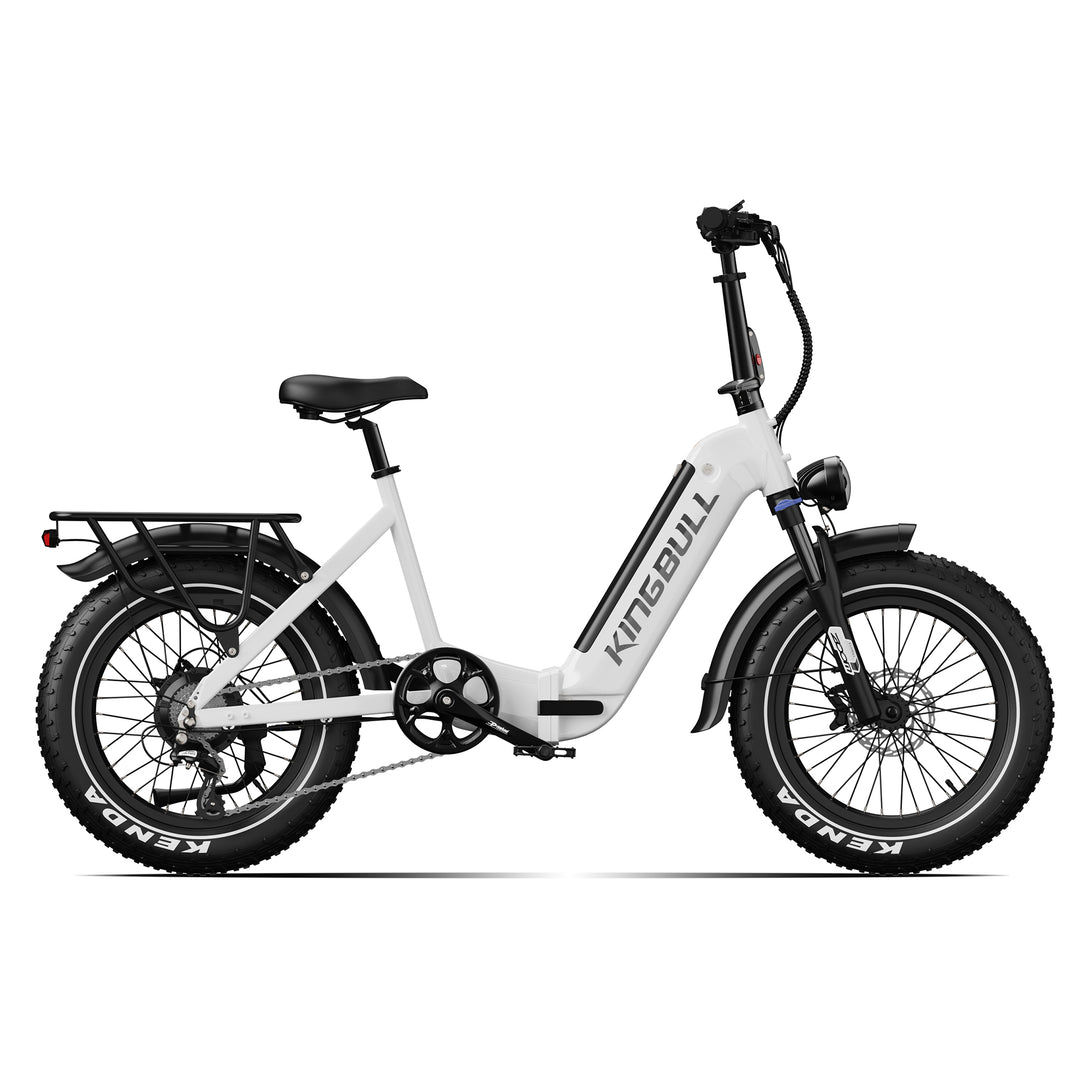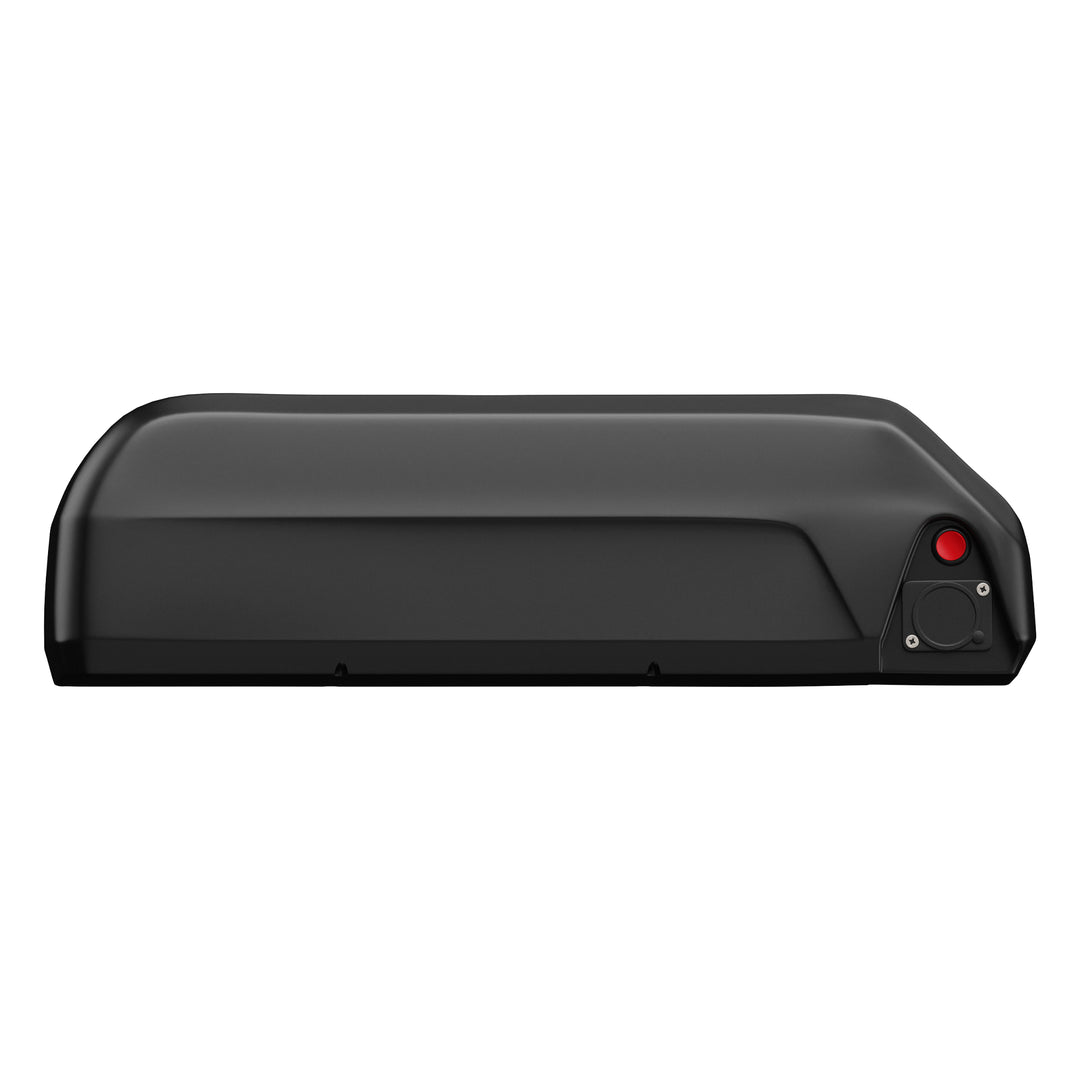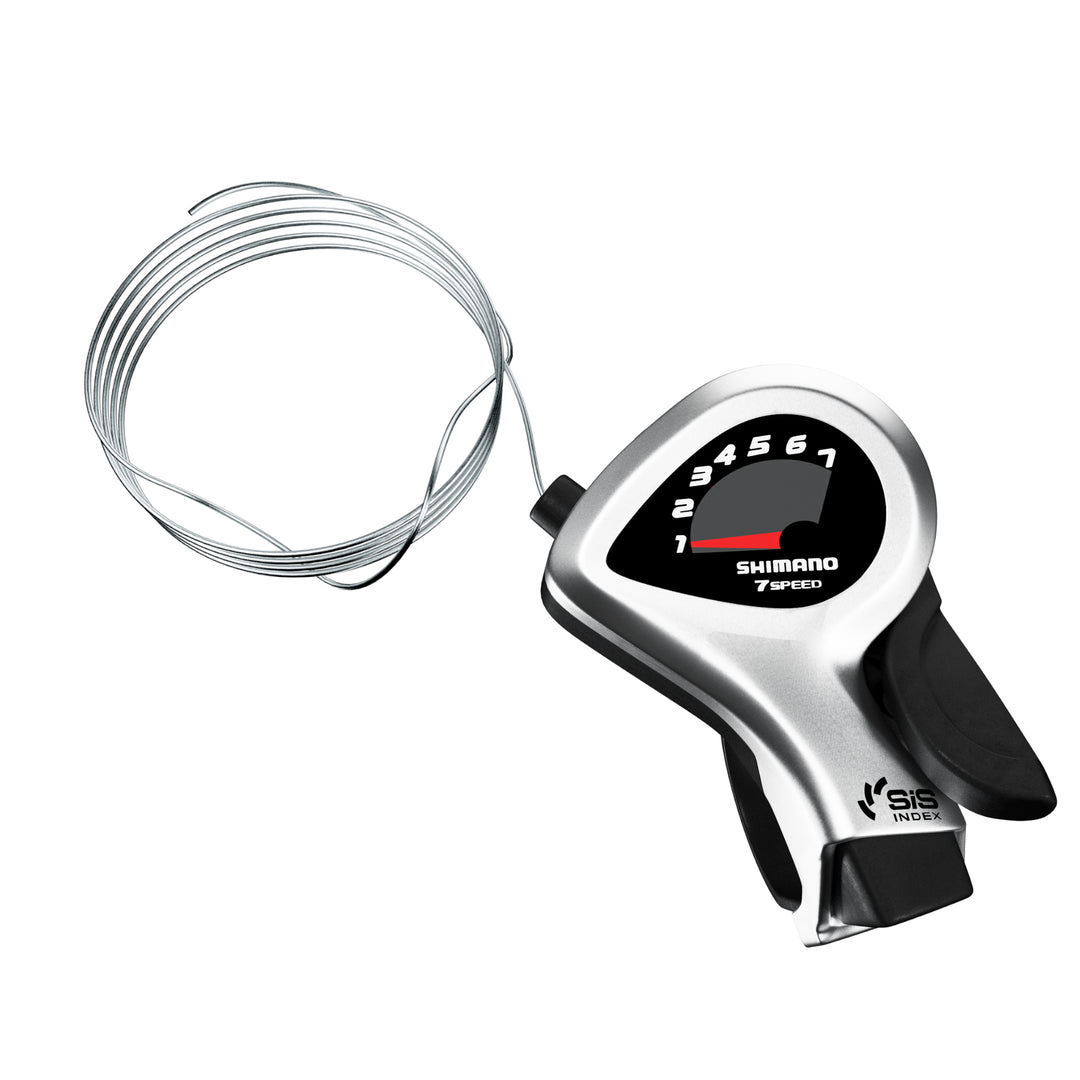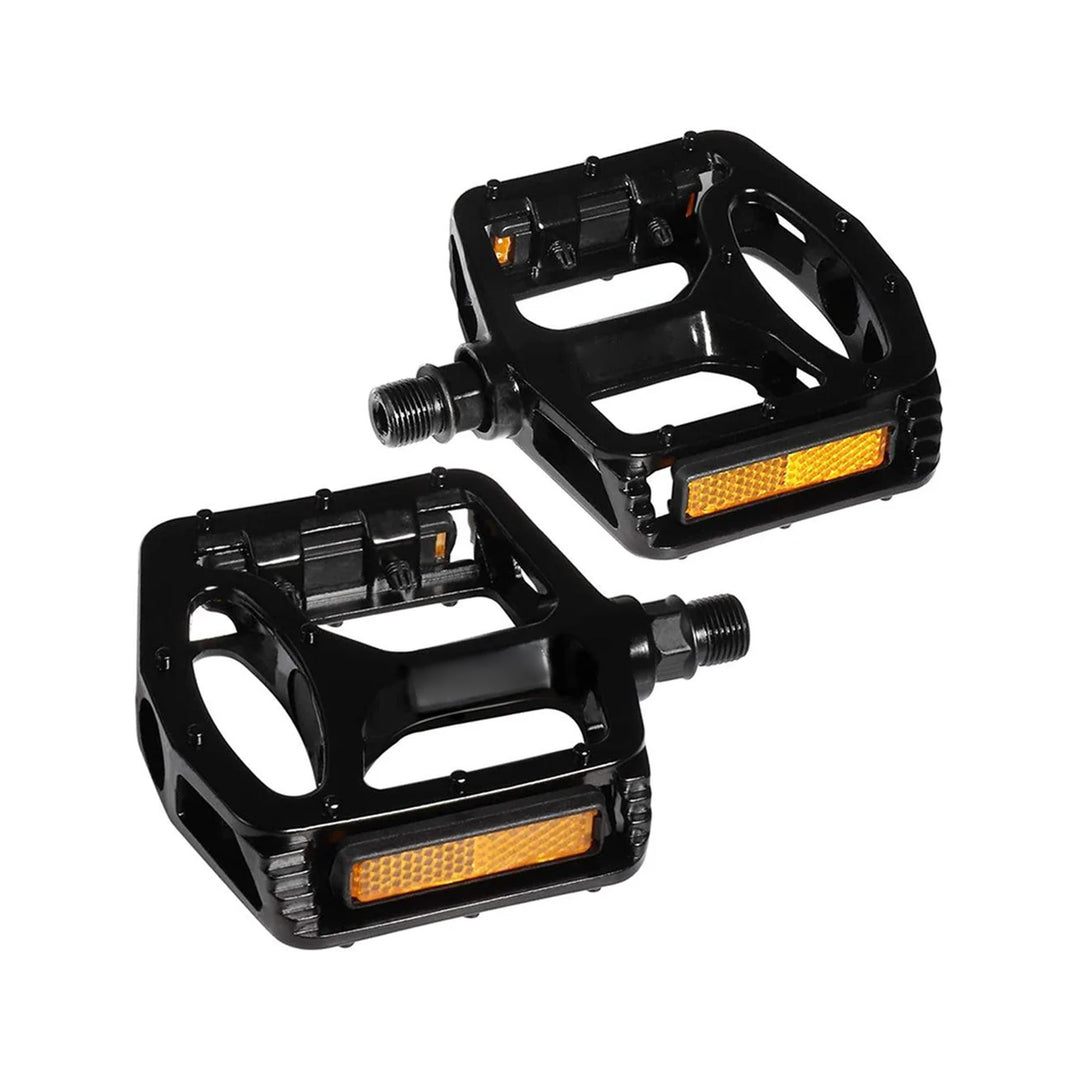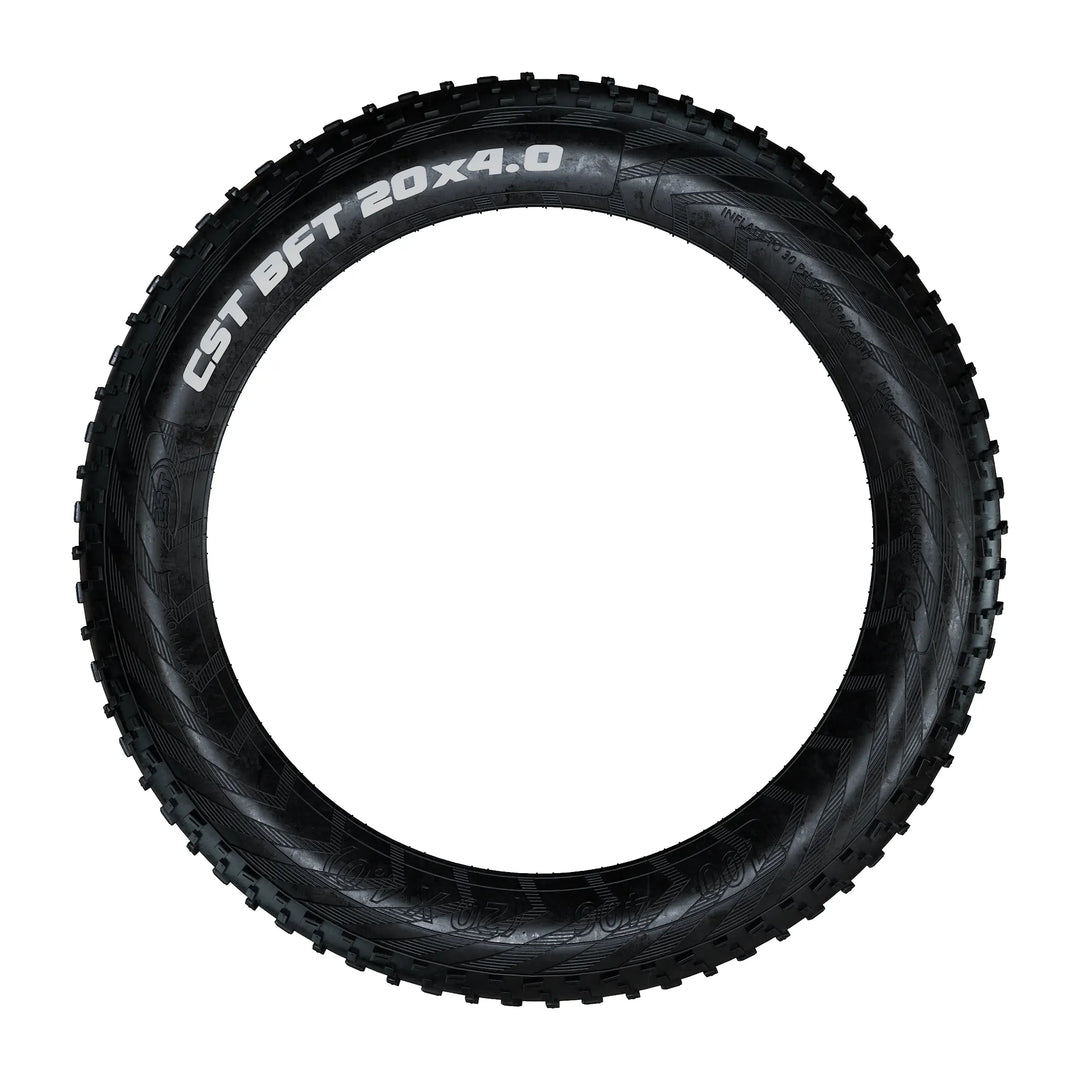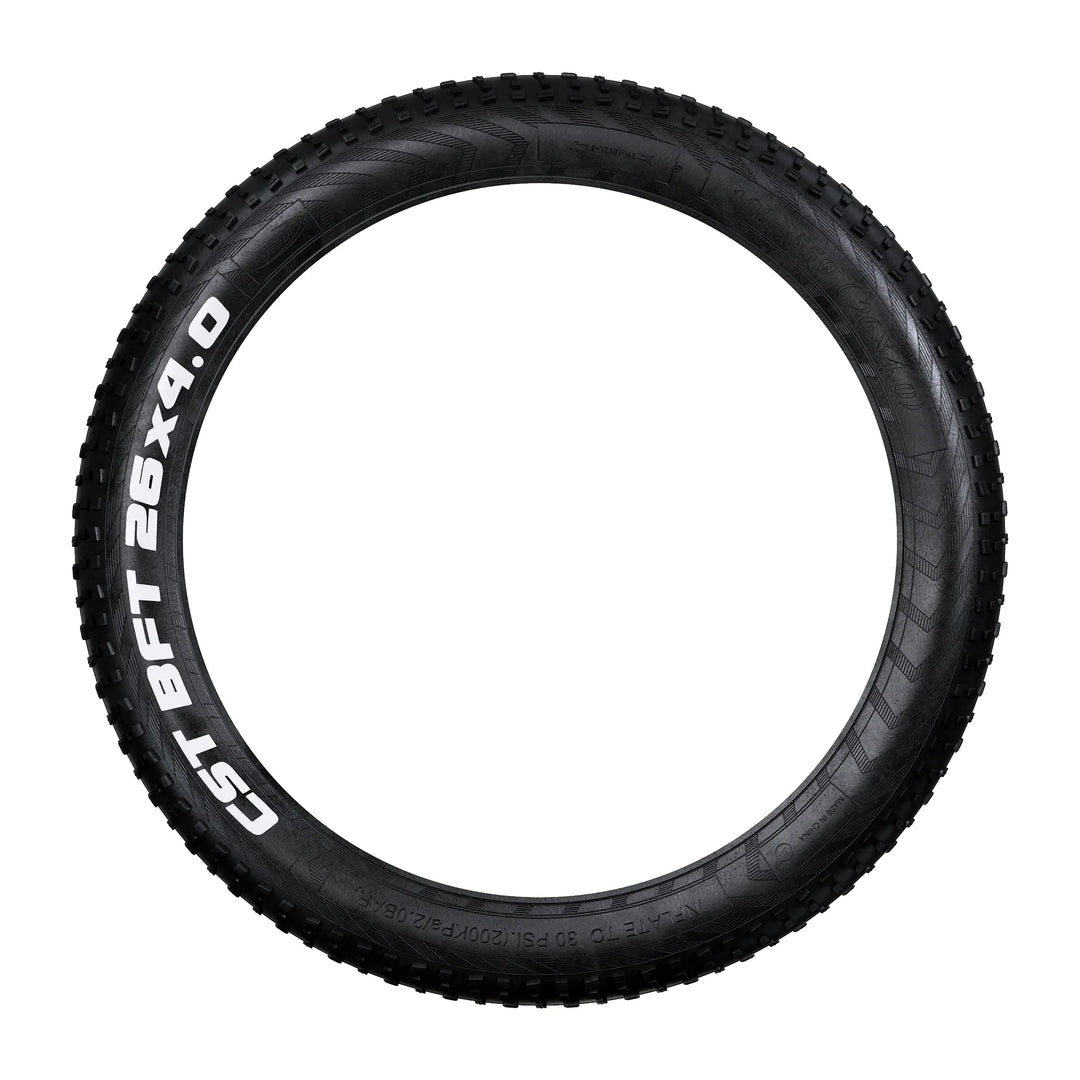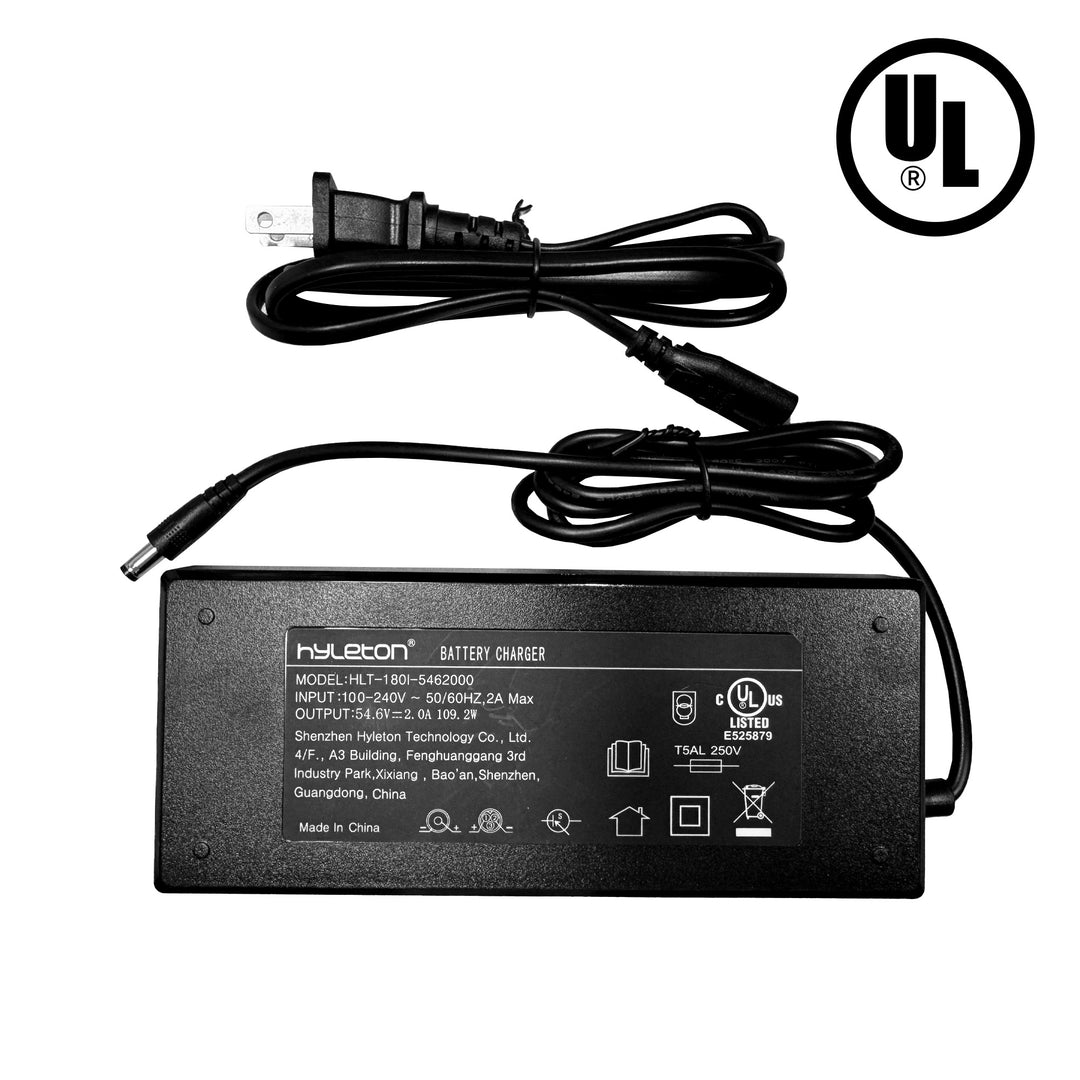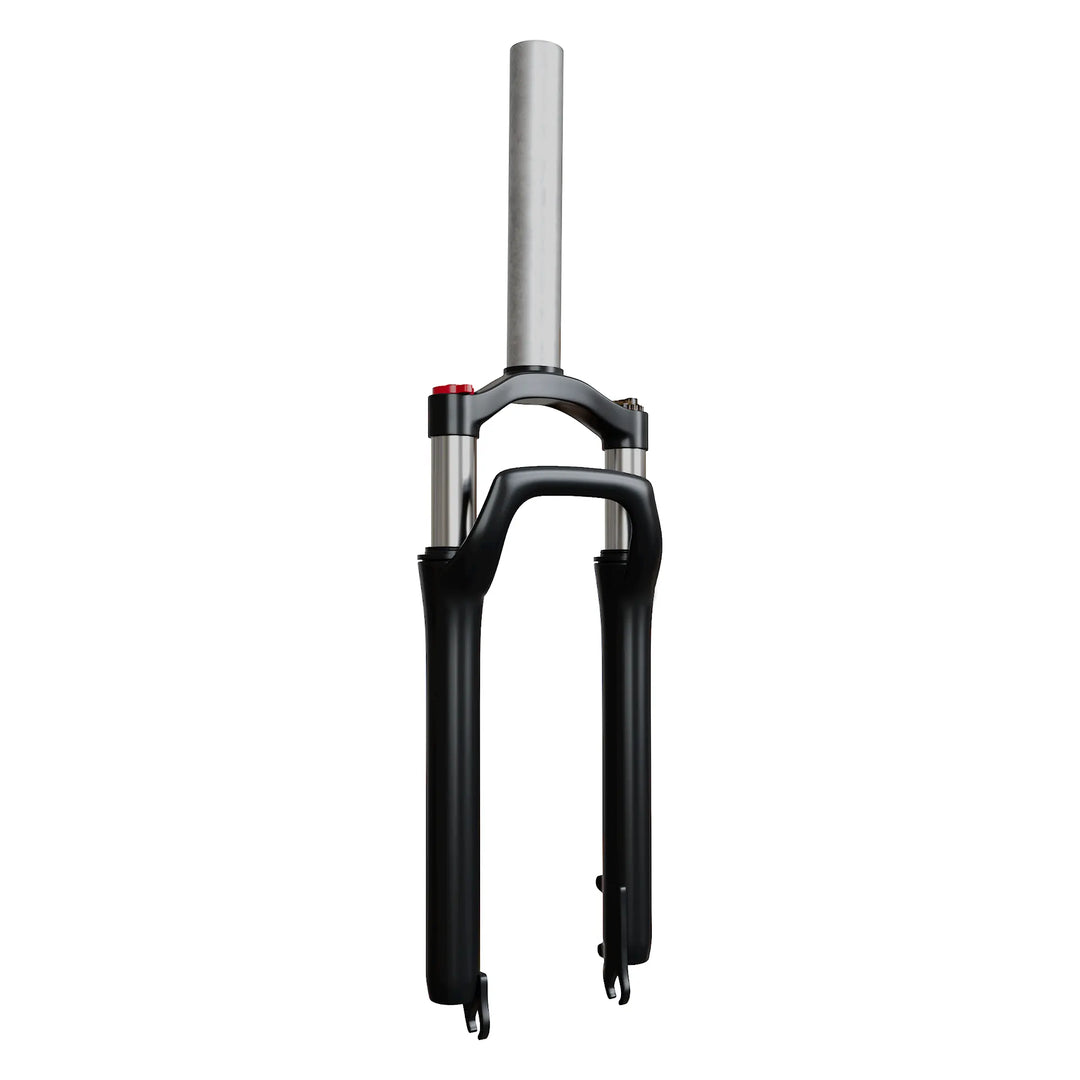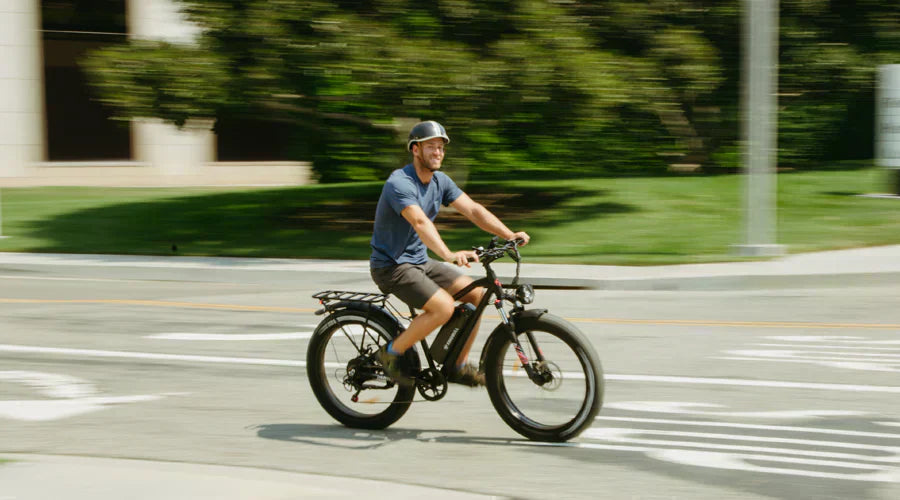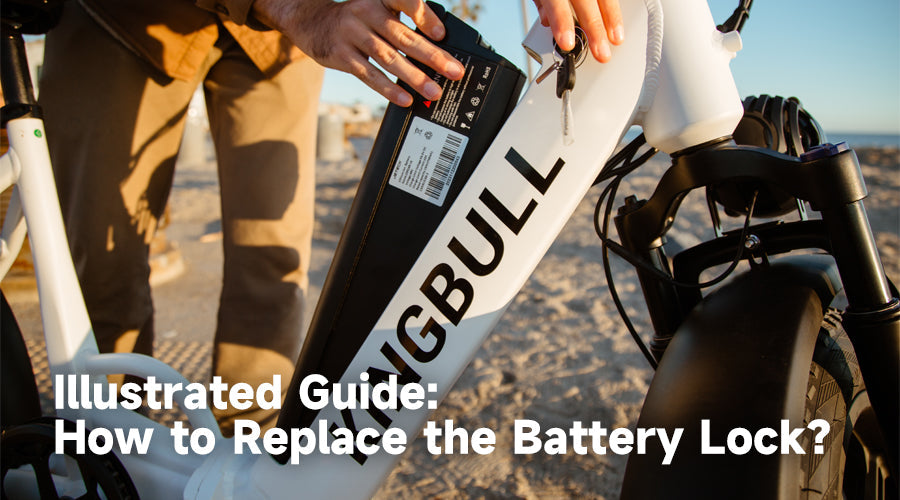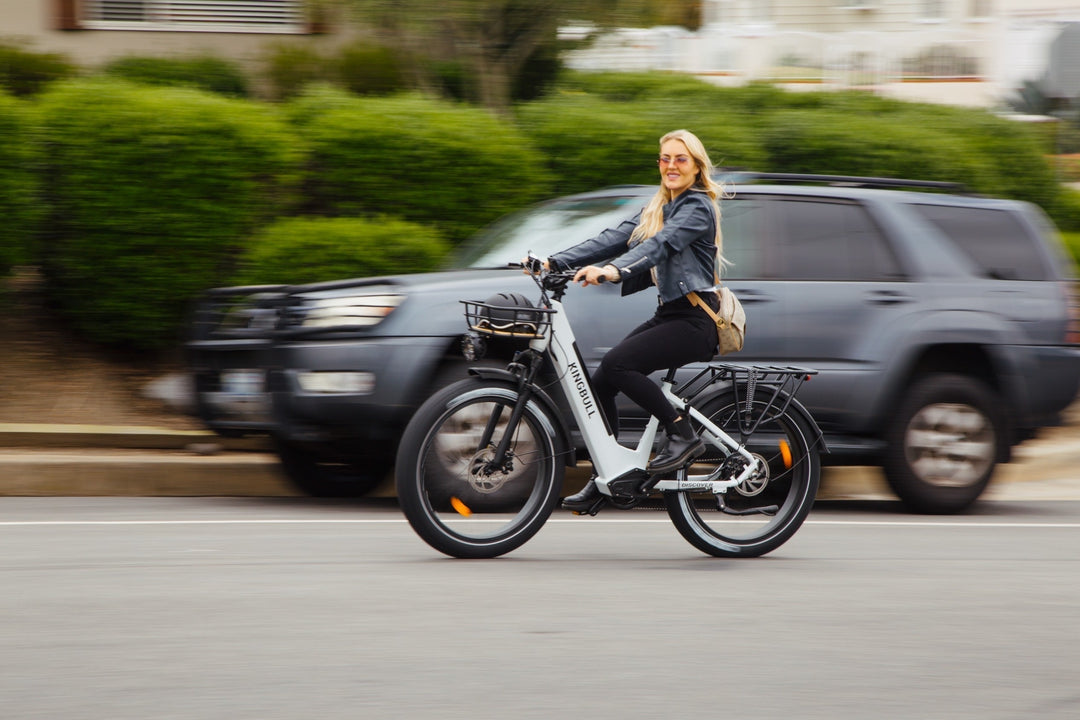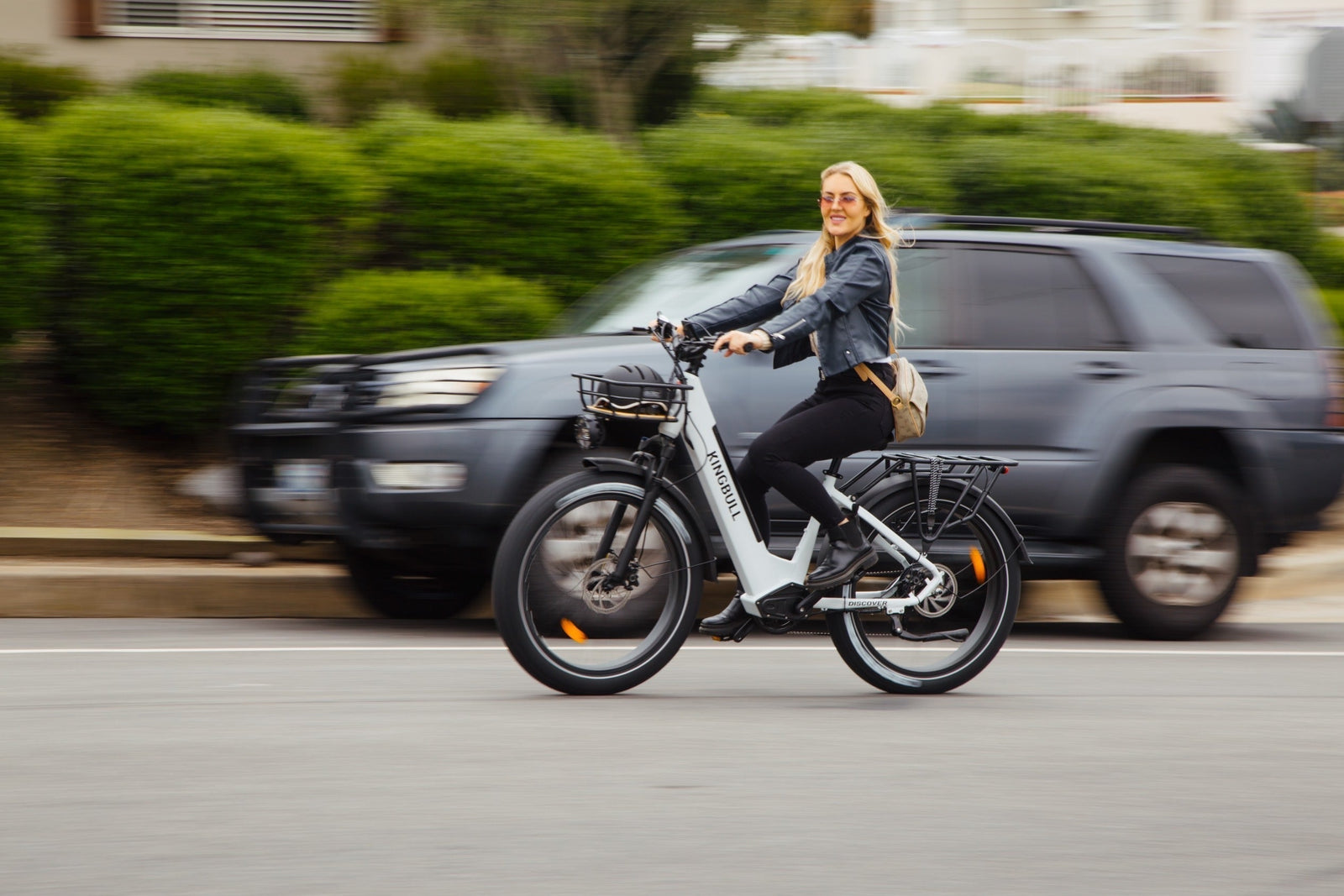
Correct Position, Comfortable Tour-How to Set up A Comfortable Position for Your E-bike
Saddle Height
The saddle height is one of the most important adjustments for a comfortable and efficient ride. When your pedal is at the lowest point of its rotation, your leg should have a slight bend (about 25-30 degrees) rather than being fully extended or overly bent. This ensures proper power transfer while reducing strain on your knees. A quick test: sit on the saddle with your heel on the pedal—your leg should be almost straight at the bottom of the stroke. When you switch to riding with the ball of your foot, this slight bend will provide the ideal balance of comfort and pedaling efficiency.
Handlebar Reach
Handlebar reach determines how far you need to stretch to grip the handlebars, affecting both comfort and control. If the reach is too long, you may strain your shoulders and back; if it’s too short, you might feel cramped. The ideal adjustment allows your arms to remain slightly bent when holding the handlebars, keeping your upper body relaxed. This position helps absorb road vibrations and reduces fatigue, making it perfect for long rides. Many e-bikes allow reach adjustments by changing the stem length or sliding the handlebars forward or backward.
Handlebar Height
Handlebar height significantly influences your riding posture, and the best setting depends on your riding style:
For Comfort:
Recreational riders and commuters often prefer a higher handlebar position, which promotes an upright posture. This reduces pressure on the wrists, neck, and lower back, making it ideal for leisurely rides or city cycling.
For Speed:
If you prefer a more aerodynamic and performance-oriented ride, lowering the handlebars can help. Angling your upper body forward (about 45 degrees from the hips) reduces wind resistance and allows for more aggressive pedaling, making it great for fitness-focused or high-speed riding.
Suspension Settings
For e-bikes equipped with suspension, fine-tuning the suspension settings can drastically change the ride feel:

Plush Ride:
If you prioritize comfort—especially on rough or uneven terrain—setting the suspension to utilize its full travel distance will absorb bumps effectively, providing a smoother ride.
Firm & Grounded:
For paved roads or when you want a more responsive, efficient ride, reducing the suspension travel (or increasing the firmness) minimizes energy loss and improves pedaling efficiency.
Conclusion














